‘Women’s time has come’: CodePink’s International Women’s Day event features activists young and old
| Published: 03-10-2023 5:20 PM |
NORTHAMPTON — The titanic century-old pipe organ in the sanctuary of First Churches seemed to have a pulse Wednesday night, as if it sought to be involved in the pounding rhythms of the Offbeat Womyn Drummers down below.
Women danced in the aisles, some in their 70s, others in their teens, all there to celebrate International Women’s Day, presented by the Western Mass CodePink Women for Peace, with its theme: “Women’s Voices in the Struggle, for our Bodies, our Lives.”
“It’s the 18th annual gathering of the CodePink clan,” said emcee Paki Wieland, who decried the genocidal treatment of local Native American tribes by colonists, saying, “To all Indigenous people: We know you, we see you, and we know you’ve been here all along.”
Of the church itself and its meetinghouse legend, past and present, Pastor Sarah Buteux said, “We’ve been here since 1654 and I’m the first pastor that’s been here that’s a woman.” Of the many activists gathered, she said, smiling, “These are some of the best people, reminding us to show up, be present, and fight the fight.”
The fight of immediate concern is the one over reproductive freedom, reflecting on the many banners hung on walls, including WOMEN WILL NOT GO BACK and ABORT THE COURT.
“Abortion must be free!” sang the mad-hatted Raging Grannies, followed by “Move on over or we’ll move you. Women’s time has come!”
And talk about struggle. “We create this society; it comes from us,” said Hakimeh Zadeh of Northampton, who spoke softly about fleeing Iran 40 years ago while organizing against the Shah’s oppressive regime from afar, always running, always subject to arrest.
“2023 should be supported and amplified,” said Zadeh, contrasting the present with conditions in 1909, the year of the first Women’s Day march, with: “A dog and a woman, they have the same status.”
Article continues after...
Yesterday's Most Read Articles
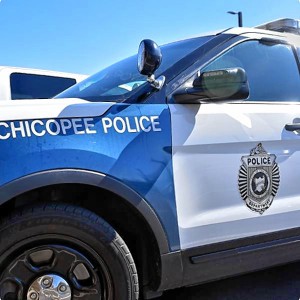 South Hadley man fatally shot in attempted robbery
South Hadley man fatally shot in attempted robbery
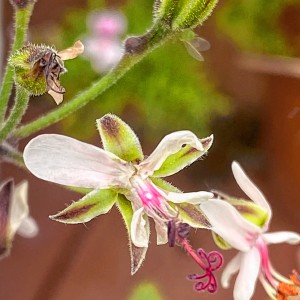 Smith College exhibit explores Sylvia Plath’s botanical inspiration
Smith College exhibit explores Sylvia Plath’s botanical inspiration
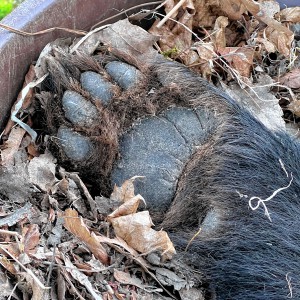 Holyoke man finds bear paw in his yard
Holyoke man finds bear paw in his yard
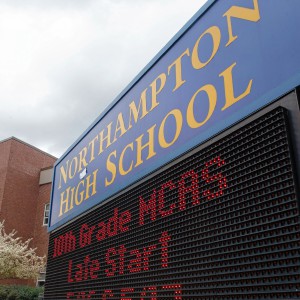 Guest columnist Bill Dwight: How to make sense of Northampton’s school budget dilemma
Guest columnist Bill Dwight: How to make sense of Northampton’s school budget dilemma
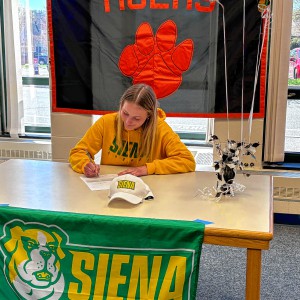 South Hadley’s Lauren Marjanski signs National Letter of Intent to play soccer at Siena College
South Hadley’s Lauren Marjanski signs National Letter of Intent to play soccer at Siena College
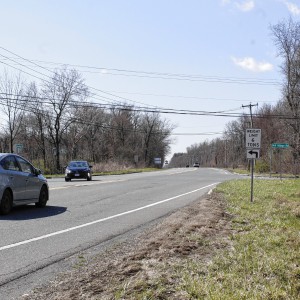 Deerfield residents petitioning to fix ‘dangerous’ intersection
Deerfield residents petitioning to fix ‘dangerous’ intersection
“Every five minutes 22 women get raped and killed,” she said. “We don’t have to go to Iran — it’s here. There is a long line of women under torture, and they die.”
“Every day should be our day,” she said. “People are suffering from not having community.”
The concept of community takes some getting used to, Zadeh said. When she was demanding justice from the Shah of Iran, she felt alone, she said: “It was just me, living my life. It’s not easy to make it through all the chapters — stand up to the Shah, get arrested, leave the country, live in the mountains — I’m still carrying that.”
Though she believes in “humans with no borders, that we are citizens of the universe, that their problems are my problems, I’m not used to this community aspect.”
“We are community,” Weiland interjected. “Look around — you are us!”
“Art is medicine, and that is what I practice,” said Athol artist Nayanna LaFond, whose powerful paintings on missing and murdered Indigenous women and girls (currently on display at UMass’ Augusta Savage Gallery) have played a significant role in a movement seeking justice for those wronged.
It all started by accident, she said, mid-pandemic, three years ago this May, when she saw a selfie of a Saskatchewan woman named Lauraina Bear on the Social Distance Powwow website. Bear wore red makeup, she explained, to honor other Indigenous women who had been murdered or gone missing.
But Lauraina Bear’s selfie got LaFond involved. She asked for Bear’s permission to paint her portrait and a phenomenon was in the offing. In moving shades of black and white, Bear appears with a red hand across her mouth and cheeks. After posting a picture of the portrait to the Social Distance Powwow, LaFond was flooded with additional requests, so she posted on the site: “I’ll paint you or your loved one in honor of this movement if you’ll send photos to me.”
She got 25 right off the bat, all with stories of anguish and heartbreak and no hints of closure — “This is my cousin, this is my mother, this is my sister, this is what happened, we’re mourning.”
“It was overwhelming,” LaFond said. “Another painting, same response. Millions responded.”
Though a great deal of the artist’s subjects are murdered or missing, there are also portraits of survivors of domestic violence, and activists trying to stop the assaults.
LaFond employs a direct delivery, almost impatient, reflecting the frustration of dealing with hundreds of unsolved crimes and lenient punishment meted out. The painting she brought with her, the 290th portrait in the series, depicts Corinne, “Thirty years old when she went missing. There are 5,700 reports of women missing.”
LaFond herself is a survivor of leukemia and recipient of a bone marrow transplant.
“For me it’s healing to do each one because I can put a little bit of the pain that’s in me into the painting,” LaFond said. “And I want to make sure my Indigenous community knows I’m doing this for the right reasons.”
LaFond has painted her MMIW — Missing and Murdered Indigenous Women — portraits mostly for free, not wanting to profit, she says, from other people’s loss.
“The Creator puts you on the path you’re supposed to be on,” she said. “Three out of four Native Americans suffer violence,” she continued, speaking of one: “She was 22. Three young children. Her remains were found. Burned, mutilated. He was charged with manslaughter. Manslaughter! These stories are intertwined.”
LaFond, of Native American heritage, was familiar with the MMIW and its goal of raising awareness of violence against native women and girls. According to the MMIW movement, Indigenous women in Canada and the U.S. experience higher rates of domestic violence, including sexual assaults, than any other demographic, with two-thirds of those assaults committed by non-natives.
A look-the-other-way attitude among law enforcement is a contributing factor.
“It’s jurisdictional,” LaFond said. “The federal government will not be involved in crimes on reservations. You can’t even broach the subject.”
She spoke of the existence of hidden pipelines on and near reservations, from which soulless drifters emerge and where young women disappear. “I know a woman who’s afraid to go to the end of her driveway because someone disappeared there,” said LaFond.
“Maybe we can start addressing these issues,” she said.
Answering audience questions about the sticking-your-neck-out part about protest, Zadeh said, “From my experience you’ll be identified, profiled, have nightmares, with the fear that they’ll silence everybody.”
“But you have to push back,” said LaFond. “Keep going, keep your head up, stand your ground, try to be brave. I find it can be therapeutic.”
“If you have unity with someone you can melt the stone,” said Zadeh.
Then came the fierce guitar playing and defiant vocals of Easthampton’s singer/songwriter Pamela Means to melt it even more.
“Time to tear it all down and build something new,” she sang. “Reconciliation and reparations are due.”
“As a woman I have been urged to apologize, but I refuse,” she said, to great applause.
Means then started a song, a whispered song, but it became too emotional to continue. Drying tears, she pivoted into: “Long as I got breath in my lungs, I will fight for justice and sing for love!” — a song dedicated to stopping fascism, “’Cause fascism will stop us all.”
Audience member Mary McCarthy of Easthampton by way of the Traprock Center for Peace and Justice, said the event was liberating, marking her first night out with large groups of people since COVID.
“I’ve been to a lot of rallies,” she said. “I recognize a lot of older faces, but it’s so energizing to see all the young people here.”
Two of those young people were spotlighted by organizers, Alice Jenkins, 17, of Westhampton, who organized the Women’s Wave and Bigger Than Roe rallies and received last year’s Defending Democracy Award from the League of Women Voters, and Inanna Balkin, 13, of Amherst, who emerged from the Zoom-encased cave of COVID, to become a force in her town’s Generation Ratify (pertaining to the equal rights amendment), many of its members manning tables in front of the pews.
“It’s really important to have a voice,” said Balkin, a dynamic speaker, the crowd beaming in approval, no doubt silently hoping that that enthusiasm can sustain itself through the certain wins and losses to come. But Balkin is one of those you-ain’t-seen-nothing-yet types, who’s already planning, she said, to be elected president of the United States. “You have to be 35,” she said. “I’ve got plenty of time.”
“I wouldn’t bet against her,” said Alice Jenkins, who said she became inspired herself at a young age by the actions of her grandparents, Pat and Bob Miller, who’ve “spent their lives fighting for every social justice issue. My grandparents have been super, always cheering me on. When I was organizing my own rallies, there was no one telling me I shouldn’t.”
Things got somber toward the end when CodePink’s Susan Triolo described the ongoing battle with the Supreme Court as “so terrible, so regressive for reproductive rights,” harkening back to the movement’s earliest times. “In order to have control of our lives we had to have control of our medical procedures,” she said, mentioning the Jane Collective, where women learned to perform safe abortions themselves, in an era when abortion was illegal almost everywhere.
Means closed with Tracy Chapman’s “Talkin’ ‘bout a Revolution” and even threw a little Satchmo growl in the ending of “What a Wonderful World.”
“Being myself, I feel like I’m taller tonight,” said Zadeh. “It’s overwhelming, knowing that there is a hope.”

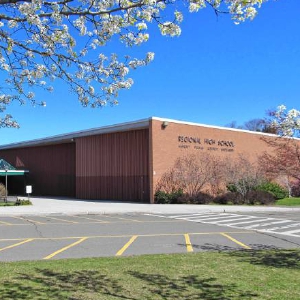 Amherst regional district towns seek middle ground on school increase
Amherst regional district towns seek middle ground on school increase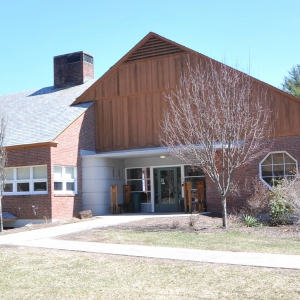 Leverett Town Meeting voters will decide cease-fire call, budgets, town elections
Leverett Town Meeting voters will decide cease-fire call, budgets, town elections  A Look Back: April 22
A Look Back: April 22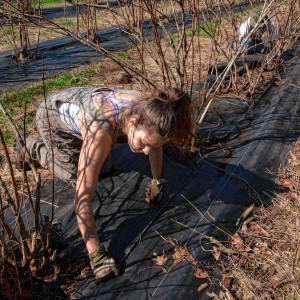 Regional farming alliance strengthens educational, networking opportunities for apprentices
Regional farming alliance strengthens educational, networking opportunities for apprentices
